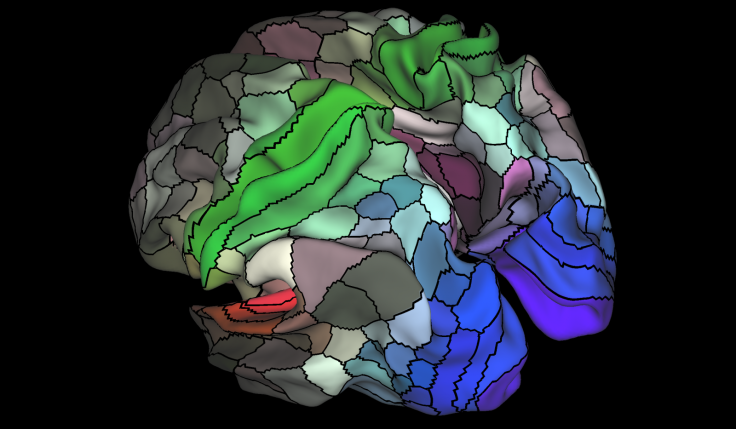New areas of the human brain discovered in high-resolution map
The map is probable the most accurate and detailed model of the brain so far.

Nearly 100 new regions of the human brain have been identified in a new cerebral map created by scientists from Washington University. Future studies into conditions such as autism, dementia or schizophrenia will greatly benefit from this, as researchers will be better able to compare the brains of patients with that of healthy individuals.
Developing an accurate and high-resolution map of the human brain has for long been challenging. Representing a full picture of its different structures, connectivity, cell types and function - all in one map - has proved to be particularly problematic.
Many brain maps have been created over the years, but depending on what properties the scientists focuses on, they ended up looking very different.
Furthermore, scientists are still struggling to agree on how many areas constitute the brain. As a result, research into mental health and neurodegenerative disorders have often been limited.
This latest map, published in the journal Nature, is different because it is based on the observation of a large number of brains and it incorporates different properties all at once – leading to the identification of new brain areas.
180 areas of the brain
The research team used data generated by the Human Connectome Project, a five-year, multimillion dollar study led by David Van Essen, PhD, the senior author on this paper, and involving a consortium that includes the University of Minnesota and Oxford University.
In their efforts to come up with the map, the collaborators looked at the brains of 210 healthy individuals with custom-build MRI machines, comparing multiple types of imaging data from these scans. Both MRI scans of the resting brain and of the brain performing simple tasks, such as listening to a story, were included in this mapping process.
On their map, the scientists divided the left and right cerebral hemispheres into 180 areas depending on a range of properties: physical differences such as the thickness of the cortex, functional distinctions such as which areas respond to language stimuli and differences in the connections of the areas.
Among these 180 areas, it is the first time that 97 are described. One of them is area 55b, which is said to play a role in language.
Advance in neurosciences
Although refinements may be needed, and problems may remain, this brain map could be one of the most detailed and accurate so far. It could lead to advances in medical research by better identifying the problems that occur in the brains of people with psychiatric and neurodegenerative disorders, and it could have clinical applications in neurosurgery.

The scientists say other fields of science could also benefit. For instance, it may also yield new insights into the cognitive evolution of humans, by making comparisons with nonhuman primates.
© Copyright IBTimes 2025. All rights reserved.






















